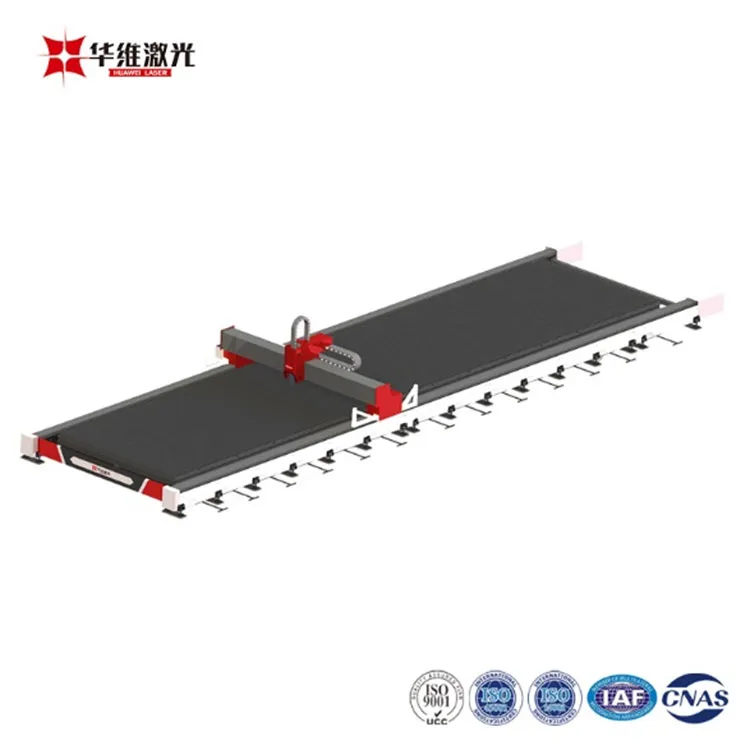Understanding Thickness Limitations in Large-Format Fiber Laser Cutting Machines
2024-10-29
In large-format fiber laser cutting, the laser power is a key determinant of the machine's capabilities, particularly concerning the thickness of materials that can be effectively cut. As industries seek to push the boundaries of cutting technology, understanding how laser power affects thickness limitations is vital. This blog will delve into this relationship and its implications for material processing.
How Laser Power Affects Thickness
1. Low Power (500-1,500 Watts):
- Suitable for thin materials, typically up to 1/8 inch thick.
- Commonly used for applications like signage or intricate designs in sheet metals.
2. Moderate Power (1,500-4,000 Watts):
- Capable of cutting medium-thickness materials, from 1/8 inch to 1/2 inch.
- Ideal for industries such as automotive and general fabrication where moderate thicknesses are common.
3. High Power (4,000 Watts and Above):
- Essential for cutting heavy materials, generally over 1/2 inch thick.
- Allows for applications in heavy industry, such as construction and shipbuilding, where robust materials are required.
Additional Considerations
- Material Composition: The composition of the material also affects how thickness limitations manifest. For instance, stainless steel may require more power than mild steel to achieve similar thickness cuts due to its density and reflective properties.
- Cut Quality and Efficiency: Higher power not only enables cutting through greater thicknesses but also improves cut quality. This means less dross and cleaner edges, reducing the need for additional processing.
- Cost vs. Performance: While higher laser power machines can cut thicker materials, they also come with increased operational costs. Businesses must balance their cutting needs with budget constraints when selecting equipment.
The laser power of a large-format fiber laser cutting machine is directly linked to the thickness of materials it can handle. By understanding this relationship, manufacturers can make informed decisions about their cutting capabilities, ensuring they select the right machine for their specific applications. Whether cutting thin sheets or heavy-duty materials, the right laser power is essential for achieving optimal results in any fabrication process.



